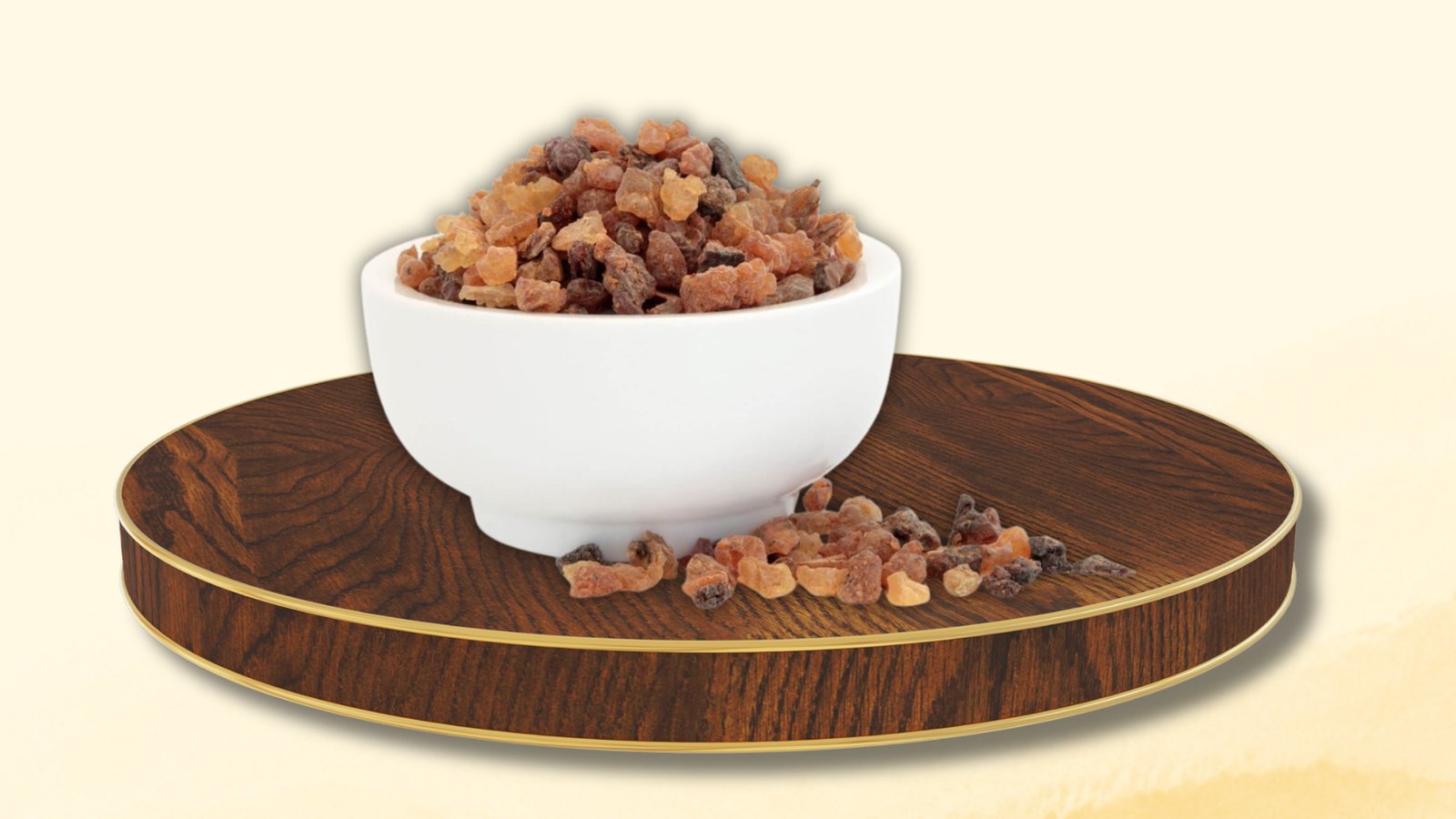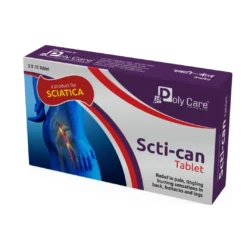
"Sudh Laksha (commonly called Laksha, lac, or shellac when refined) is a red to brown resinous secretion produced by female lac insects. The secreted material (sticklac/seedlac) is harvested from host-tree twigs and processed into lac resin (shellac), lac dye (laccaic acids), and lac wax. In traditional Indian systems (Ayurveda, Unani, Siddha) Laksha is valued as a bone–healing, wound–healing and styptic agent and is an important ingredient in classical formulations such as Lakshadi Guggulu. Modern studies treat lac as a complex natural resin composed mainly of polyesters of hydroxy fatty acids and terpenic acids plus an anthraquinone-type dye fraction.
"
Scientific Classification
- Kingdom: Animalia
- Phylum: Arthropoda
- Class: Insecta
- Order: Hemiptera
- Family: Kerriidae (lac insects)
- Genus: Kerria (commonly used)
- Species: Kerria lacca (Kerr) — synonym: Laccifer lacca (commonly cited in classical/ayurvedic texts)
Common Names
- English: Lac, Lac resin, Shellac (refined), Sticklac, Seedlac, Lac dye
- Sanskrit / Classical: Laksha (लक्ष)
- Hindi / Marathi: Laksh / Laksha (लक्ष/लक्षा)
- Bengali: Lakh (লাখ) / Laksha
- Regional commercial terms: Sticklac (raw on twigs), Seedlac (washed, dye removed), Shellac (purified resin)
Traditional and Medicinal Uses
- Bone & Fracture Healing - Laksha is classically used in formulations for bhagna (fractures) and to promote bone healing and strength
- Wound Healing & Styptic Action - Employed externally (and in some preparations internally) to help stop bleeding and to aid wound healing; used as an astringent/styptic.
- Joint & Bone Disorders - Used for pain and disorders related to bones and joints (e.g., osteoarthritis, asthi-chyuti) as a component of Vata-pacifying formulations.
- Dermatological / Topical Uses (traditional) - Applied in certain topical pastes and plasters for skin conditions and to aid local healing.
References
Bashir, N. H., Chen, H., Munir, S., Wang, W., Chen, H., Sima, Y.-K., & An, J. (2022). Unraveling the role of lac insects in providing natural industrial products. Insects, 13(12), 1117.
Vaishally, Pal, S., Thyagarajan, K. R., & Shukla, S. P. (2025). An endosymbiotic origin of the crimson pigment from the lac insect. Proceedings of the National Academy of Sciences of the United States of America (PNAS), 122(25), e2501623122.
Singh, A. N., Upadhye, A. B., Wadia, M. S., Mhaskar, V. V., & Sukh Dev. (1974). Chemistry of lac resin—(series): component acids and structure of the resin esters. Tetrahedron (series of papers on lac acids and structure). (Classical chemical studies describing aleuritic and terpenic acid esters in lac resin; see the Tetrahedron series by Singh et al., 1969–1974 for detailed structural work.)
Farag, Y. M., & Yassin, H. A. (2011). Development of shellac-coated sustained-release pellets: composition and coating properties (review / pharmaceutics discussions referencing shellac composition). International Journal of Pharmaceutics (discussion of shellac composition and pharmaceutical use). (Use for composition and pharmaceutical application background.)
Center for the Evaluation of Natural and Synthetic Ingredients / CIR (1986). Final Report on the Safety Assessment of Shellac. Journal of the American College of Toxicology. (Classic safety assessment referencing composition and toxicology of cosmetic-grade shellac.)
Ayurvedic Pharmacopoeia of India (API), Government of India. Laksha / Lac entries; (authoritative pharmacopeial standards and classical uses, quality criteria and processing notes used in Ayurvedic pharmacopeia). Ayurvedic Pharmacopoeia of India, Volumes and relevant monographs (API).
Reshma, B. V., Nithin Manohar, R., & Anaha, V. I. (2018). A review on Laccifer lacca. World Journal of Pharmaceutical Research (review article describing traditional uses, processing and ethnopharmacology of Laksha).
Chen, X.-M., Chen, H., Ying, F., Rui, H., & Yang, Z.-X. (2008). Lac insects breeding and lac processing. Chinese Forestry Press. (Biodiversity and processing of lac insects; background on production and host plant relationships.)





 My Account
My Account
